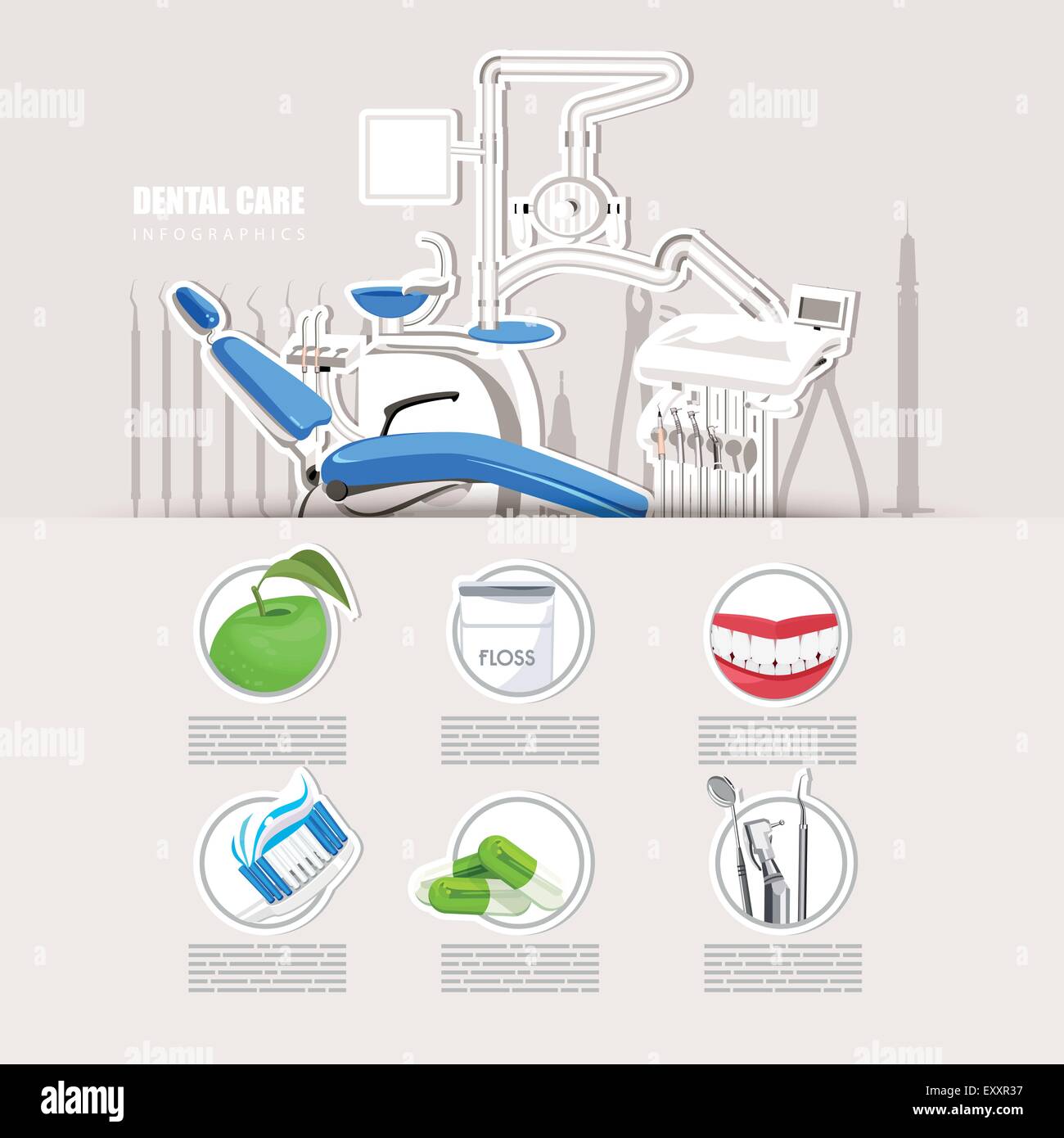The Advancement Of Dental Surgery: Emerging Technologies And Advancements Changing The Technique
The Advancement Of Dental Surgery: Emerging Technologies And Advancements Changing The Technique
Blog Article
Authored By-Bendixen Dowd
Invite to the globe of dental surgery, where developments and advances are forming the future of the area! In https://healthy-gums95062.blogrenanda.com/39230072/find-out-necessary-understandings-regarding-dental-implants-for-elders-and-uncover-crucial-considerations-that-could-affect-your-smile-repair-trip-what-will-you-uncover , you'll witness the transformative power of robotics, the sophisticated marvel of 3D printing, and the game-changing effect of minimally intrusive methods.
The future of oral surgery holds an assurance of precision, effectiveness, and boosted person results. With the help of sophisticated robotics, doctors are able to do complicated procedures with higher accuracy and control.
3D printing innovation is revolutionizing the creation of dental implants and prosthetics, providing customized services that fit flawlessly right into each client's unique composition.
In addition, minimally intrusive techniques are decreasing post-operative pain and recovery time, allowing clients to return to their daily lives quicker.
Prepare to explore the interesting developments and developments that are improving the landscape of oral surgery!
Developments in Robotics
One significant innovation in oral surgery is using robotic modern technology, which permits accurate and effective surgeries. With the help of robotic systems, oral doctors have the ability to carry out complex surgical procedures with boosted accuracy, reducing the threat of human mistake.
These robotic systems are outfitted with advanced imaging technology and exact tools that enable surgeons to navigate via complex anatomical frameworks with ease. By using childhood tooth decay , specialists can attain better surgical precision, causing improved person outcomes and faster healing times.
On top of that, the use of robotics in oral surgery enables minimally intrusive treatments, minimizing the injury to surrounding cells and promoting faster recovery.
3D Printing in Dental Surgery
To improve the field of dental surgery, you can discover the subtopic of 3D printing in oral surgery. This innovative innovation has the possible to reinvent the means oral doctors operate and treat individuals. Below are 4 essential ways in which 3D printing is forming the field:
- ** Customized Surgical Guides **: 3D printing enables the development of very accurate and patient-specific medical guides, boosting the accuracy and performance of procedures.
- ** Implant Prosthetics **: With 3D printing, oral specialists can produce tailored implant prosthetics that flawlessly fit a person's special makeup, causing better end results and patient fulfillment.
- ** Bone Grafting **: 3D printing allows the manufacturing of patient-specific bone grafts, lowering the need for conventional grafting strategies and boosting healing and healing time.
- ** Education and learning and Training **: 3D printing can be used to develop reasonable surgical models for instructional objectives, permitting dental surgeons to practice complex procedures prior to doing them on patients.
With its possible to improve precision, modification, and training, 3D printing is an amazing development in the field of dental surgery.
Minimally Intrusive Strategies
To further advance the field of oral surgery, welcome the potential of minimally invasive strategies that can significantly profit both doctors and patients alike.
Minimally look here are revolutionizing the area by minimizing medical injury, decreasing post-operative pain, and speeding up the healing process. These techniques involve utilizing smaller incisions and specialized instruments to execute procedures with precision and effectiveness.
By using advanced imaging technology, such as cone beam computed tomography (CBCT), surgeons can precisely intend and execute surgeries with very little invasiveness.
In addition, making use of lasers in oral surgery allows for specific cells cutting and coagulation, resulting in decreased blood loss and decreased healing time.
With minimally intrusive techniques, patients can experience much faster healing, minimized scarring, and boosted outcomes, making it a crucial aspect of the future of oral surgery.
Conclusion
So, as you can see, the future of dental surgery is exceptionally appealing, with amazing technologies and breakthroughs shaping the field.
From the improvements in robotics to the use of 3D printing and minimally intrusive strategies, oral specialists are changing the method they provide care.
While some may fret about the prospective price connected with these developments, it's important to remember that these innovations inevitably boost patient end results and decrease healing time, making them well worth the investment in the future.
